13 things I wish I'd known before running into the menopause
Menopause will affect half the population, but keen trail runner Fiona Russell was surprised by how little she knew about the natural change of life
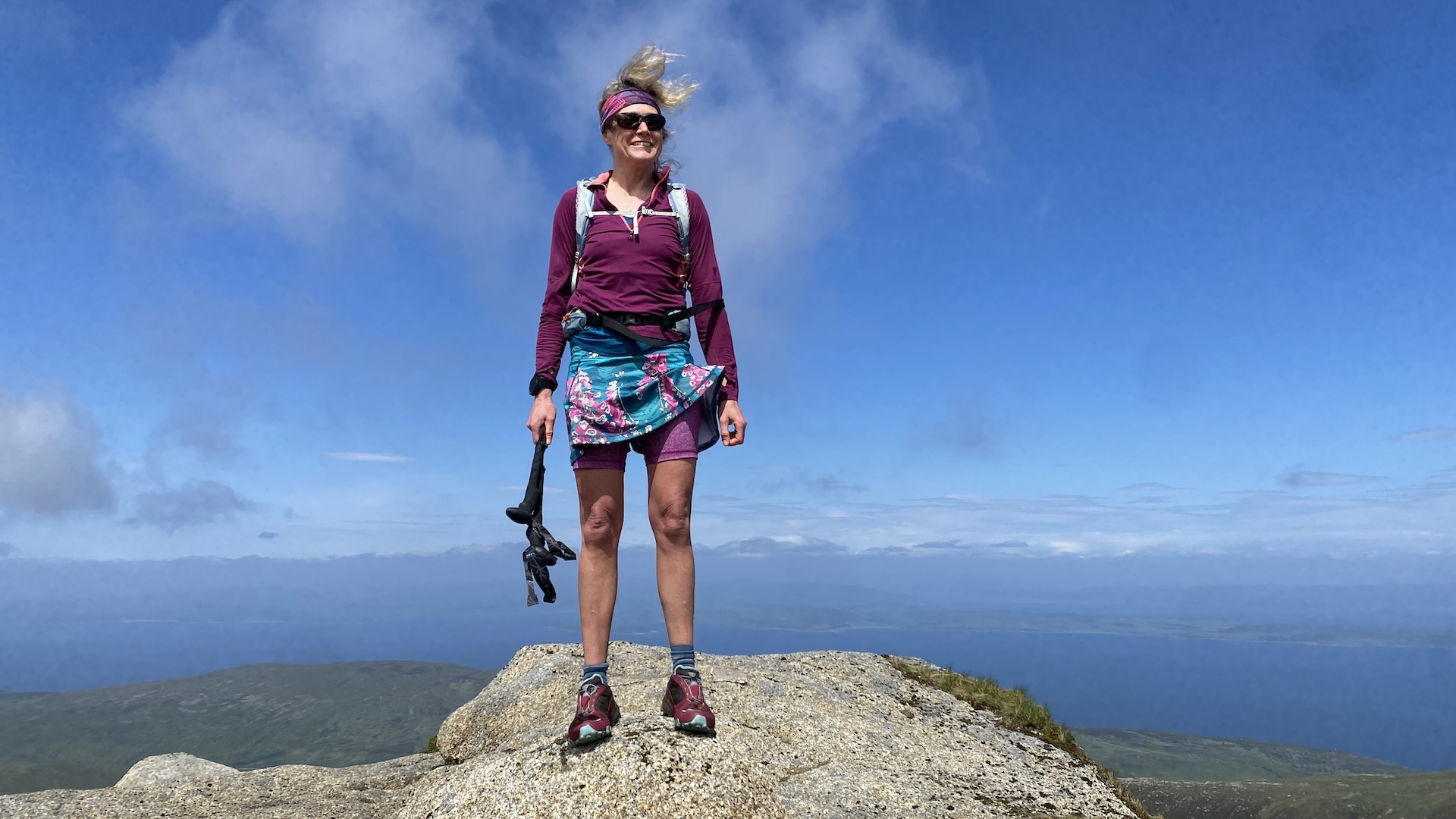
Half the population will face the menopause – and usually the progress from perimenopause to menopause occurs for women in their 40s and 50s. Running through the menopause years can have many benefits, but as Fiona Russell looks back on the last decade, she reveals 13 of the things she wished she had known before running into the menopause.
First, what is menopause?
Menopause is a natural process and occurs when the ovaries no longer release an egg every month. This results in the end of the menstrual cycle (periods) and, therefore, the opportunity for reproduction.
At the same time, hormones including oestrogen, progesterone and testosterone, which are produced by the ovaries, decrease, while the cortisol level (known as the stress hormone) increases.
In the UK, the average age for a woman to reach menopause is 51 and it is diagnosed as the cessation of menstruation for at least 12 months. Meanwhile, peri-menopause, which are the years prior to menopause can last around five to 10 years. For most women, symptoms start in early to mid 40s.
13 things I wish I'd known before running into the menopause
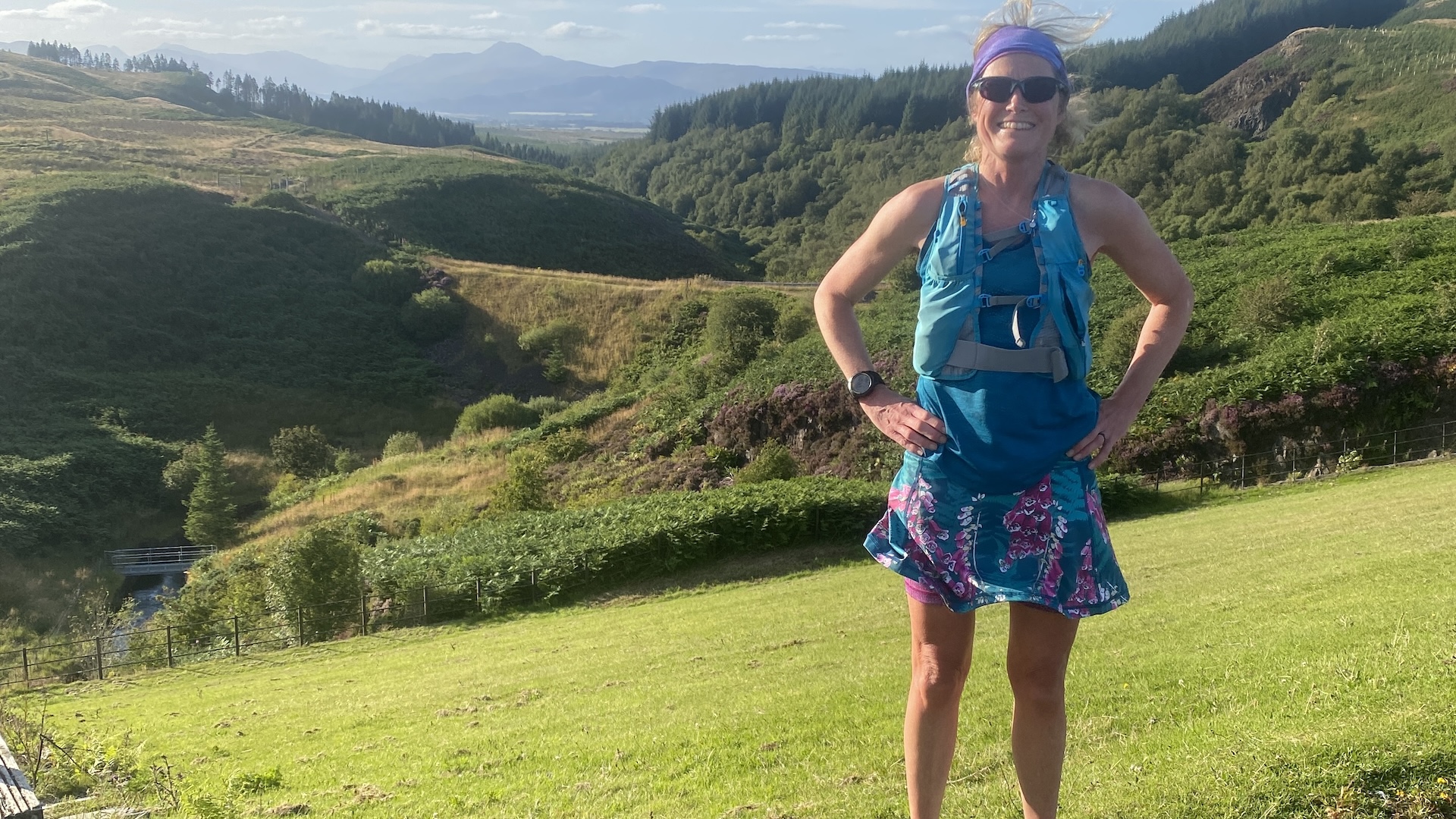
1 The list of symptoms is vast
Before I discovered I was in the peri-menopause stage in my mid-40s, I knew of only a few outcomes of menopause and that was the end of my periods, as well as hot flushes and night sweats. I quietly rejoiced that I would to longer face the monthly annoyance and reckoned I could deal with a few flushes.
But then, peri-menopause arrived and I discovered that there are many more health-related issues connected to the changes in my hormones.
The first symptom was muscle cramps so sore and long-lasting that they caused muscle tears. I had to stop swimming due to excruciating foot and legs cramps. I ended up with hamstring and calf cramps during longer runs and hand and abdominal cramps when I did circuits sessions.
All the latest inspiration, tips and guides to help you plan your next Advnture!
I then started to do some research and this is the list of symptoms I came up with: Brain fog, memory loss, anxiety, insomnia, low libido, osteoporosis, ITUs, itchy skin, migraines, hair loss, dry skin, dry eyes, incontinence, weight gain (usually around the mid-drift), muscle loss and weakness and associated lower metabolism, reduced motivation, joint pain and inflexibility, slower pace and also slower recovery.
As you will discover, if you read on, many of these symptoms affected me to a lesser or greater degree as a runner
2 Even if you’re a fit runner, the menopause will still affect you
I had assumed that because I was fit and healthy and my periods had rarely been an issue for two decades, I would fly through the menopause. But then came the many years of peri-menopause and numerous symptoms that affected me before I even reached menopause.
I think that because I am a fit and healthy runner, I noticed many of the symptoms. I am so attuned to how my body should perform and react to exercise such as long runs or faster running sessions, that when peri-menopause hit I realised things weren’t quite right.
For example, as well as the muscle cramps, I found the time it took me to recover after running was longer than before. I became slower generally, although this was a gradual slowing down rather than all of a sudden.
I lost muscle mass and definition and the incidence of joint pain and injuries increased.
Perhaps because of all of the above, my motivation for running dwindled and the confidence in how I looked and what I could achieve took a knock.
3 There is no 'after the menopause'
Many people talk about “getting through the menopause” or “post-menopause” but I learned that because the hormones do not return return to the levels of my 20s and 30s, I will be forever in the menopause.
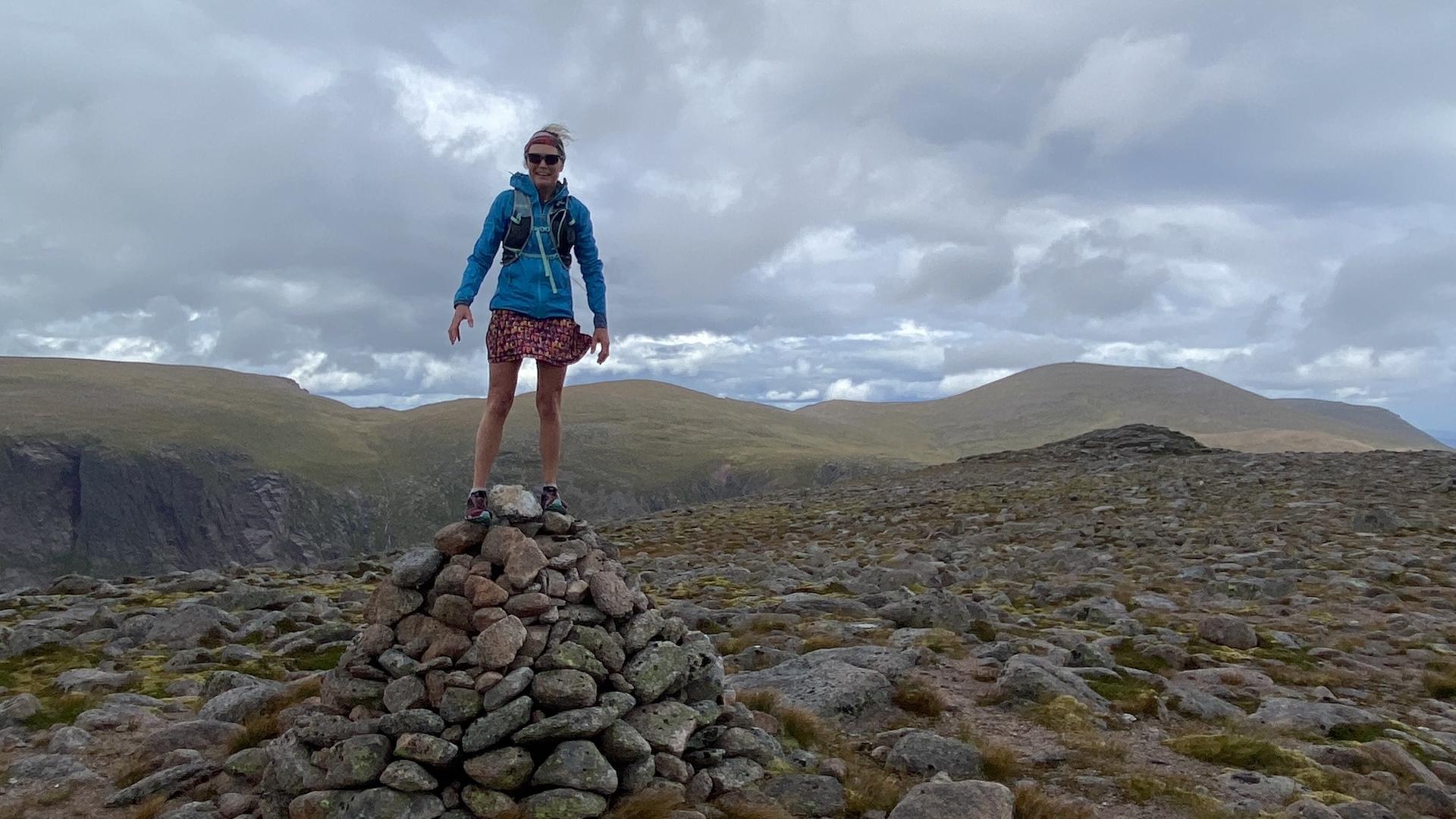
4 HRT could be your saviour
HRT - or Hormone Replacement Therapy, which comprises both oestrogen and progesterone – works very well for me. It is not for everyone and there are medical reasons why some women can’t use HRT.
However, the days of HRT being on the medical blacklist are long gone. A wealth of more recent scientific research argues that HRT is safe for use in menopause and, for many women, the benefits far outweigh the risks if you are of a healthy weight.
It’s still important to discuss HRT advantages and disadvantages with a menopause specialist to make the right personal decision.
When I think about running, HRT has helped me with reduced muscle cramps, weight maintenance and strength.
Other symptoms have subsided, such as hot flushes, night sweats, itchy skin, heavy periods, migraines, ITUs and incontinence, which have made me feel generally better and, therefore, allowed me to stay fit because I have carried on running.
Longer term, HRT is known to reduce the likelihood of osteoporosis – a thinning of the bones – which will be important to me if I want to remain a strong runner.
5 Testosterone can help, too
Before the menopause, I thought of testosterone as a male-only hormone. But women have testosterone, too, and as you get older it naturally decreases.
The final piece of the HRT jigsaw for me has been testosterone replacement. Not all doctors will prescribe testosterone for women because it is still considered off-licence but many do. It is usually only prescribed to women for issues of low libido.
I have been fortunate to gain a prescription and it has helped with the relief of many symptoms including insomnia, anxiety, brain fog, lack of concentration and, to some extent, joint pain. None of these symptom reductions are scientifically supported (so far), but I know many women in the menopause years who say the same as me.
As a runner, the reduction of many menopause issues have allowed me to continue to enjoy my favourite sport.
6 Walking is also my friend
Before the perimenopause years, I ran more than I walked. Now, in the menopause years, I walk more than I run.
I enjoy many more miles of hiking in the hills and mountains and I find this activity gentler on my body, which also means I recover more quickly.
When out for a long run, I tend to walk the hills and run the flats and downhills. I am happy to cover the distance a bit slower and I prefer to put my body under less stress and pressure.
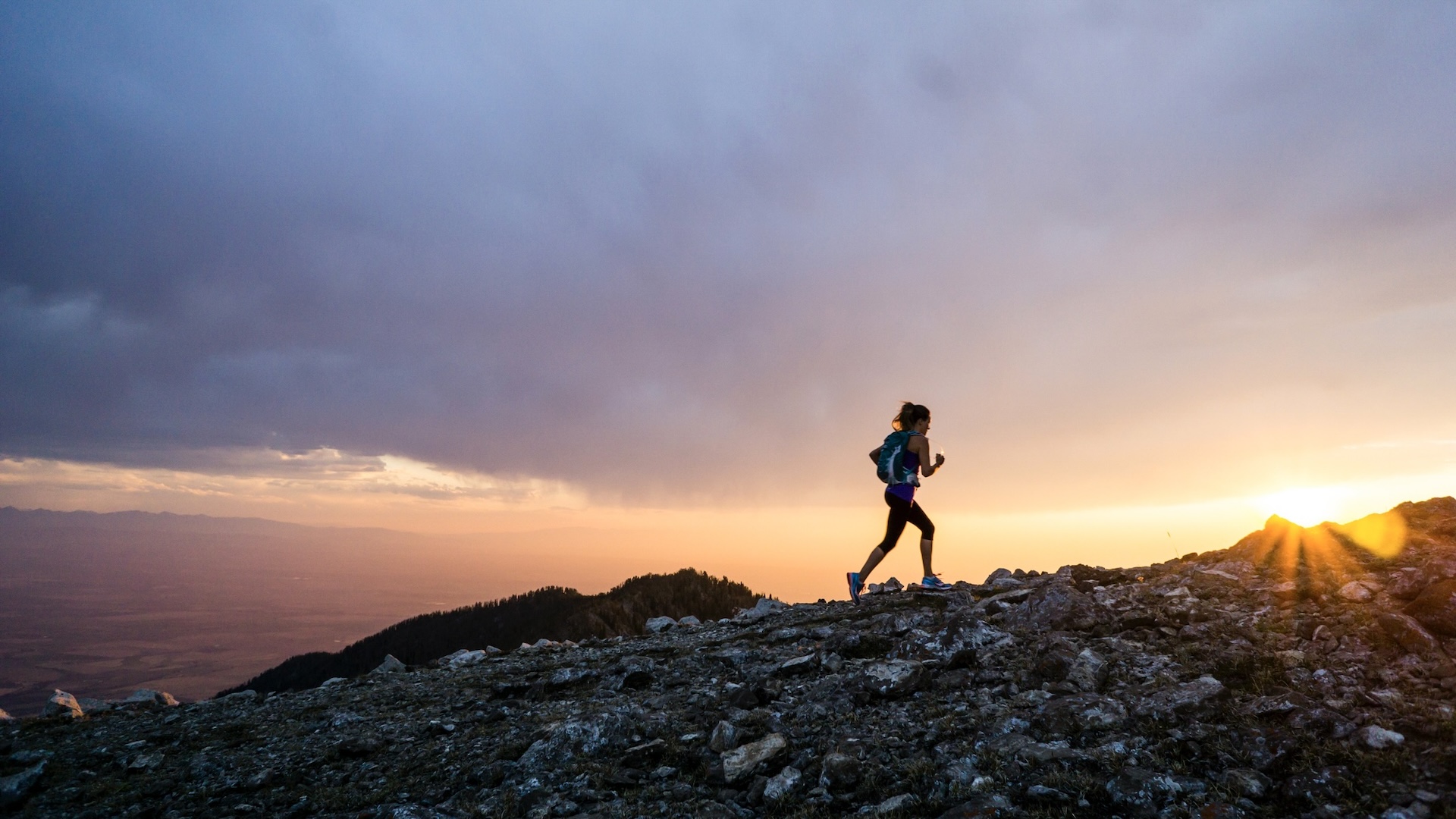
7 Trail running is better than road running
I find trail running compared to road running better for my body. I used to run on tarmac and trails and now I try to always choose trails over tarmac. I find that if I run too many miles on harder surfaces, I end up with sore joints and muscles. This could be because I have become less flexible during menopause and, certainly, my joints seem more susceptible to aches, pains and injury.
Running on trails and hill paths allows for a wider range of movements, compared to the repetitive motion of road running. I think this helps to keep my brain engaged with running, which is beneficial to my long-term mental health.

8 I need more yoga in my life
Yoga has been a huge benefit to my overall physical well-being and especially my flexibility as I have progressed from peri menopause to menopause. I have always known the benefits of yoga but now I feel the advantages.
9 Heavy weights are the right choice
Like many women, I thought that a weights session for maintaining and building muscle should focus on ‘“reps”. That is, increasing the number of repetitions of lifting weights, such as dumbbells and kettlebells, to improve strength.
These days, the evidence points more to women lifting heavier weights in exercises such as squats, bench presses and deadlifts for fewer reps and to the point of failure if they want to maintain muscle mass during peri and menopause.
Next Level by Dr Stacy Sims reveals the reasons for lifting heavy weights, which include stimulating muscle-building stem cells, ramping up metabolic rate, building bone and improving cardiovascular and general health.
Heavy weights are now part of my weekly programme as a runner.
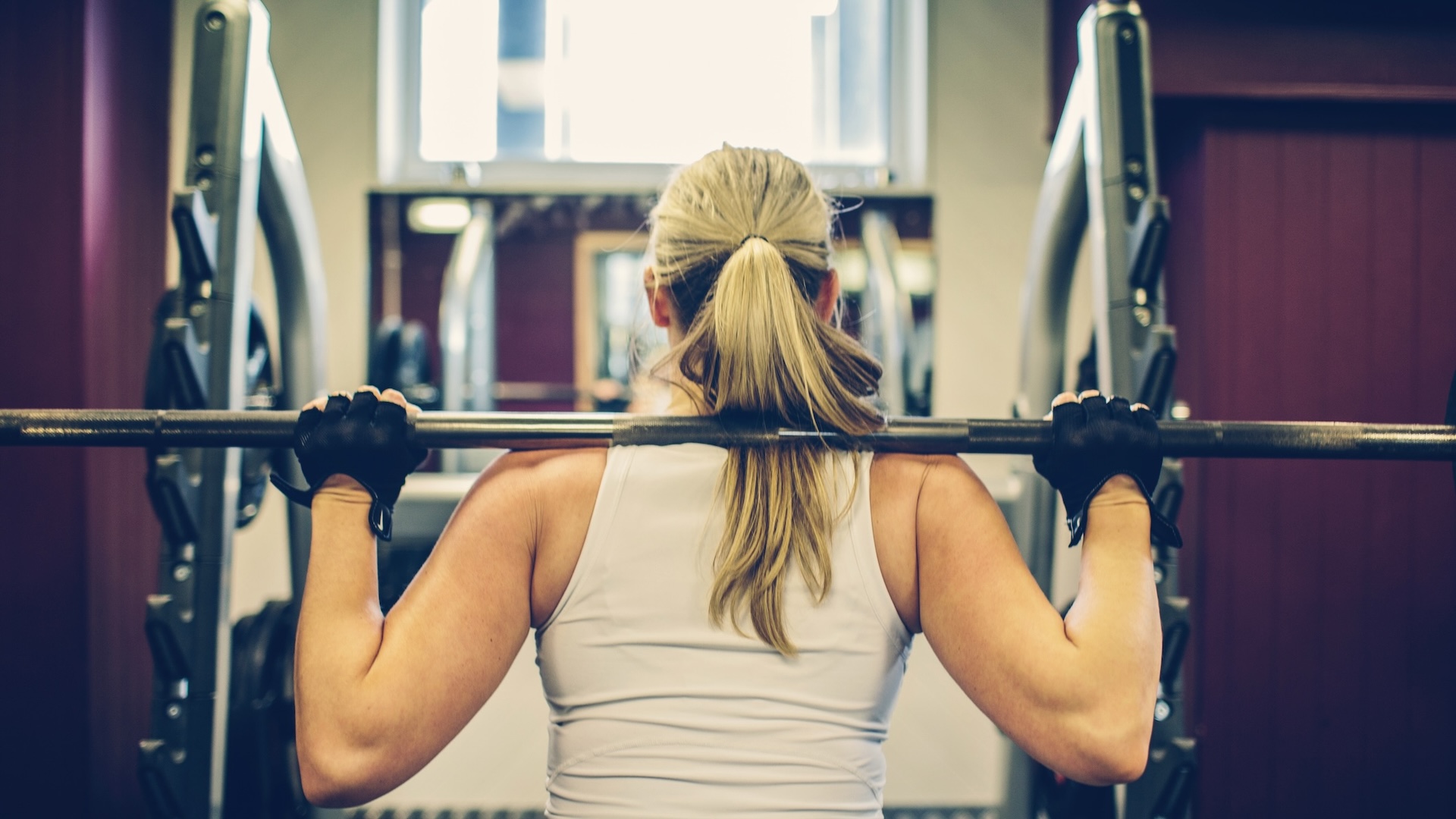
10 A skort is a brilliant cover up
I discovered running skorts in my 40s and they have been a great asset through the menopause years.
In my early 40s, I suffered with heavy and irregular periods and sometimes I would have a bleed when I didn’t expect it. The skort provided a cover up and meant I didn’t end up embarrassed. It is also much easier and less obvious using sanitary towels under a skort.
It was the same urinary leaks due to incontinence. Having a skirt over tight fitting shorts means no one notices if you have a leak and you can wear pads without the anxiety of others seeing them.
Many women also appreciate a skort for general sportswear because the skirt provides a more flattering cover up if you are not so keen on the look of your upper thighs and bum. Lots of women have low body image confidence in the menopause and the skort can be a blessing.
11 Clothing choice is important
Since menopause, my body has lost its ability to regulate my temperature effectively. So, I get very hot and I also get very cold. Sometimes, my temperature sits in the middle of this frame but usually I am overly hot and sweaty, or I am much too cold.
I have found that the best solution is layering of clothes. I wear a short-sleeved baselayer, then a long-sleeved baselayer, then a windproof jacket or a waterproof jacket. I usually find I need to take these off and on numerous times during a run.
I always carry a spare insulated layer in my running pack, too, and plenty of water because when I sweat I become dehydrated.
I simply can't cope with being too hot – it makes me angry – and I also can't manage if I am too cold.

12 Talking to other women helps
I had no idea I would spend so much time talking to other women about menopause. I don’t recall my mum talking about menopause and because I assumed I would sail through the “life change” I didn’t expect it would be a big topic.
But as with so many issues in life, talking really does help. Sharing experiences with other women, especially my running friends, talking to men so that they are informed about the experiences of women, giving talks at workplaces and also writing about an active menopause are a big part of my life and work now.
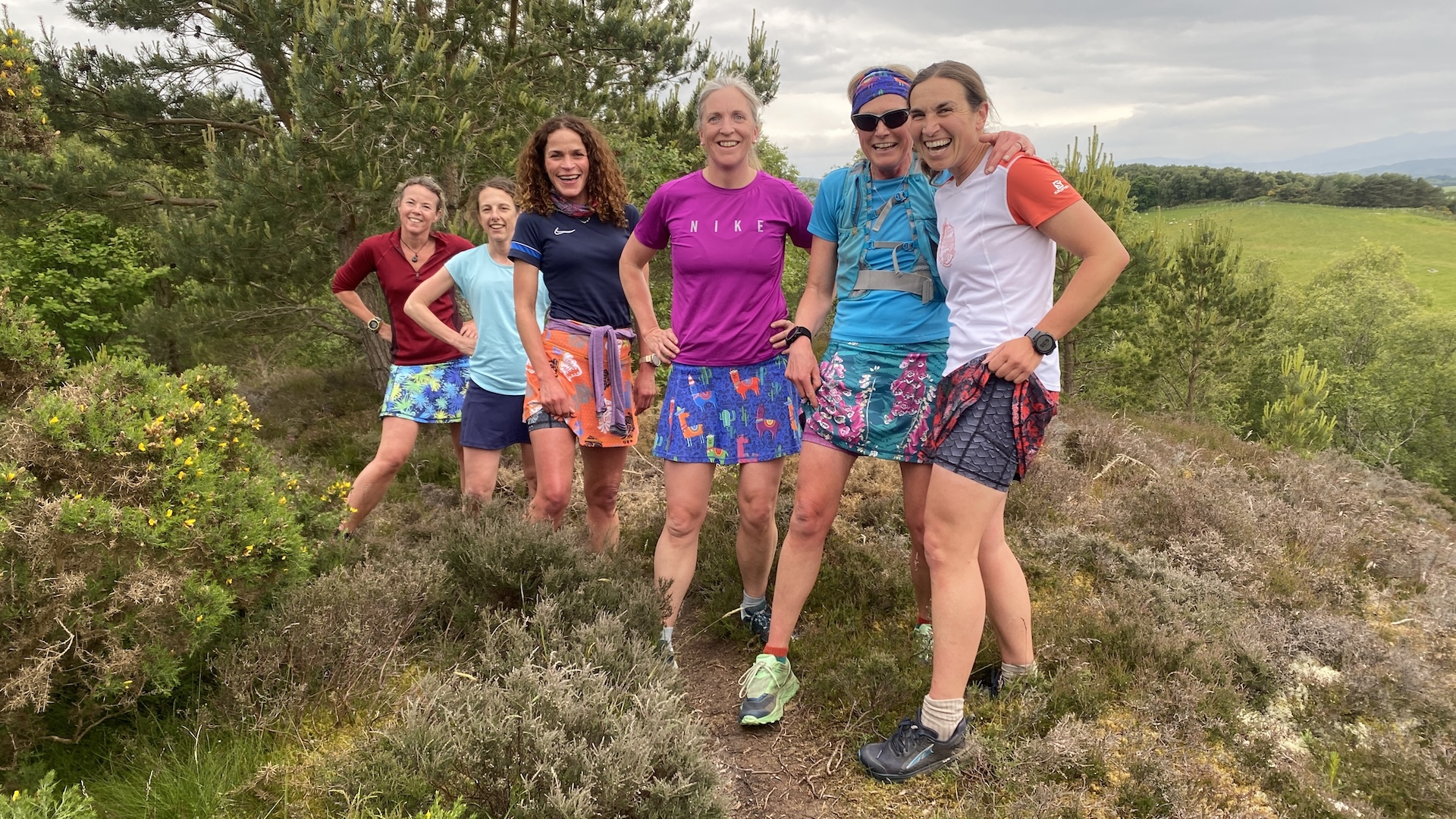
13 You can rediscover your running mojo
There are lots of ways to find your running mojo again when the symptoms of menopause throw up obstacles. For example, I have found that I needed to reframe my goals and I now prefer “adventures” to races. Adventures with friends are less pressure and more fun, yet they still keep me fit.
I was also fortunate to meet a group of like-minded female runners who get the difficulties of menopause. We all motivate each other.
As well as running, I like to do other sports and strength sessions, to maintain my motivation for my favourite activity of running.
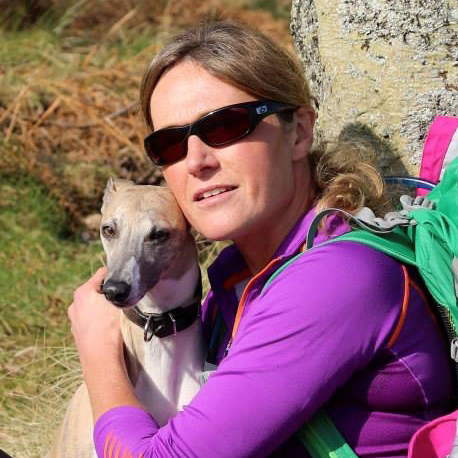
Fiona Russell is a widely published adventure journalist and blogger, better known as Fiona Outdoors. She is based in Scotland and is an all-round outdoors enthusiast with favorite activities including trail running, mountain walking, mountain biking, road cycling, triathlon and skiing (both downhill and backcountry). Aside from her own adventures, Fiona's biggest aim is to inspire others to enjoy getting outside and exploring, especially through her writing. She is also rarely seen without a running skort! Find out more at Fiona Outdoors.
